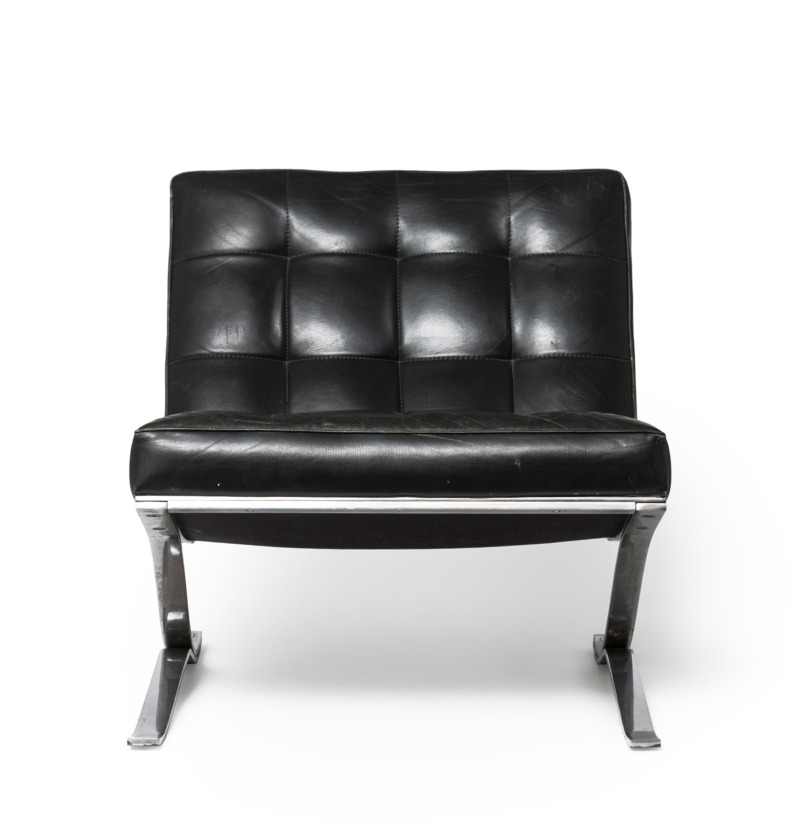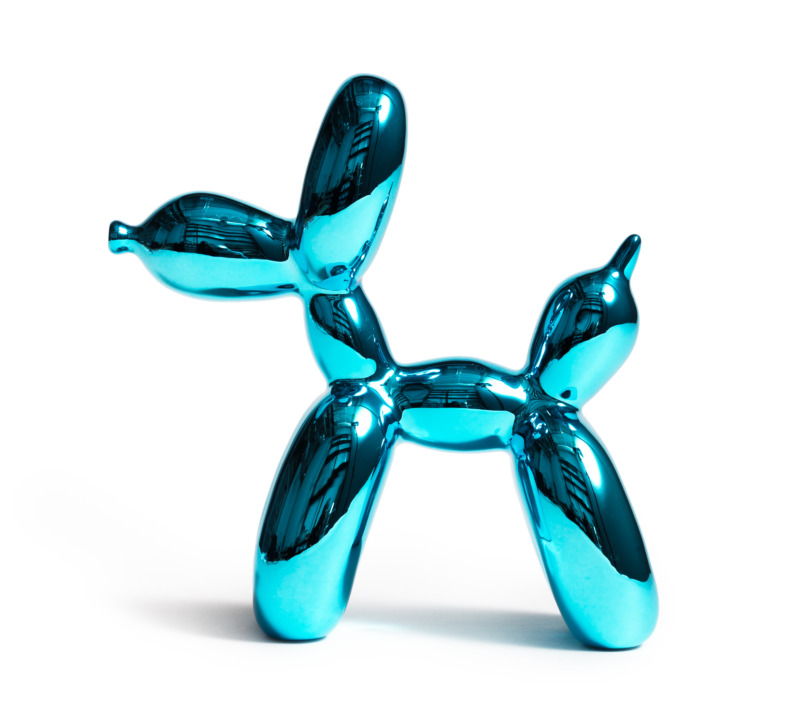Owning a toy shop probably is a cherished childhood memory many people share. Playfully, children learn how to trade goods, food and other products.
As part of Chapter 6 “Sand, Soap, Soda” of the current special exhibition “Object Lessons. The Story of Material Education in 8 Chapters”, a historic toy shop is on display. The writing on the wooden arc obove the miniature counter and the 16 small drawers behind it reads “Material Waarenhandlung von M. Brockmann” referring to a corresponding kind of shop common in the 18th century. Material goods dealers, so called “materialists”, sold tea, coffee, sugar, dyes, detergent, remedies and manufactured goods (e.g. fabrics cut to size). They had a broad knowledge about how to use these materials and goods and could give expert advice to their clients.
After World War II, loose goods vanish almost completely from the shops. Consequently, expert knowledge about their use was no longer needed and forgotten. But with today’s demand for healthy and sustainable products, material education is experiencing an unprecedented renaissance. Selling items in bulk has returned as an innovative concept and Internet forums like “omis-wissen.com” (lit. “Grandma’s knowledge) gather useful tips on how, for example, to make your own furniture care or toothpaste from the simplest ingredients. In the exhibition, our guests will find a small notebook and they are encouraged to share their household remedies, to make sure their material knowledge won’t be forgotten. One guest, for example, suggested to subsitute washing powder for an eco-friendly alternative: shelled and ground chestnuts.

